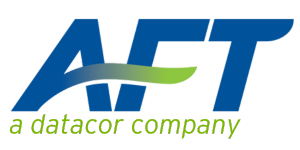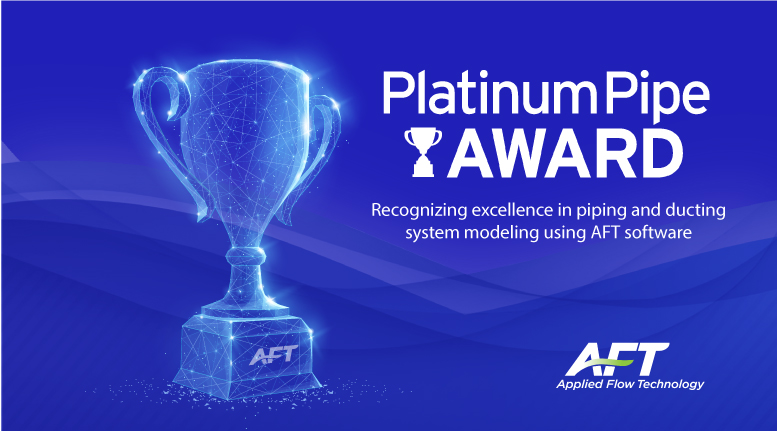AFT Blog
AFT Fathom can EASILY size valves AND orifice plates with a SINGLE Control Valve junction! There is no need to perform strenuous hand calculations to determine a valve Cv or an orifice diameter. Just specify the system boundary conditions, pipe input properties, and the desired flow rate (or pressure) and AFT Fathom will calculate the Cv, K factor, and equivalent orifice diameter/area for you all at once! Figure 1 illustrates a control valve junction at the location of a valve or an orifice plate. For known flow, use a Flow Control Valve (FCV). For known upstream pressure, use a Pressure Sustaining...
With AFT products, the Scenario Manager is an incredibly powerful feature that allows one to model several different cases in only one model file. This includes different operating conditions, multiple pump configurations, different piping, system expansions, etc. The list of different cases to model is essentially endless! Now, what if you have a single system and you would like to quickly model several cases where perhaps only a few parameters are changing? You can start by building a single system on the Workspace. Then you can use the “Duplicate Special” feature in the Edit menu to duplicate the entire system and...
If you have a system where there are several area changes throughout the piping, modeling every single area change and connecting pipe can become taxing and time consuming. Also, the more pipes and junctions that are in a model, the higher the complexity. With AFT software, it is very simple to include the area change losses in the pipes themselves! As seen in the Pipe Fittings and Losses screen shot below, there are four area change types that can be used and either abrupt or conical shapes can be modeled. The key to determining which expansion or contraction type to use...
AFT Fathom 8 has a new and improved method for predicting system pressures that involve laminar flow or non-Newtonian fluids. The Adjusted Turbulent K Factor (ATKF) method is used to apply corrections to pipes and components involving these special flows. The ATKF method can be enabled on the System Data tab in the System Properties window. Clicking on the question mark next to the ATKF method will access the AFT Fathom 8 Help Content that discusses the ATKF method in detail. In September 2012, Applied Flow Technology and DuPont published a technical article for the International Pump Users Symposium that discusses...
AFT Fathom 8 can be used to quickly and easily model multiple pump configurations with different pump speeds and impeller sizes. First, determine a particular pump curve to use from either a manufacturer’s pump curve or pump curve verification test data. Next, determine new pump curves for head and flow using the affinity laws considering either a change in pump speed or impeller size. The multiple pump curve data sets will then be entered for each particular pump configuration. In Figure 1 (click on the image to see it larger), there are a few pump configurations that have already been defined. ...
Relief valves can be modeled in four different configurations with AFT products and they are shown in the figure below. The required inputs for modeling a relief valve are the valve type, cracking pressure, valve loss model, and the exit pressure in the case of relieving to the atmosphere. There are three types of relief models available: Internal (Cases 1 & 1a), Relief Valve at Exit (Case 2), and Inline Exit (Case 3). In cases 1 and 1a, the relief valve is relieving into vent piping downstream of the valve. Note that there is initially no flow in the pipe downstream...
Many times when modeling heat transfer using heat exchangers in AFT Fathom, significant temperature differences across the heat exchanger can have a major impact on the accuracy of the heat transfer results. This can especially become a problem with non-linear heat capacity relationships. The heat transfer across the heat exchanger in the model below is calculated from the temperature difference across the heat exchanger and the arithmetic average heat capacity. One way to enhance the accuracy of the heat transfer results is to model the single heat exchanger junction, J2, as multiple heat exchangers as shown in the below model. The...


